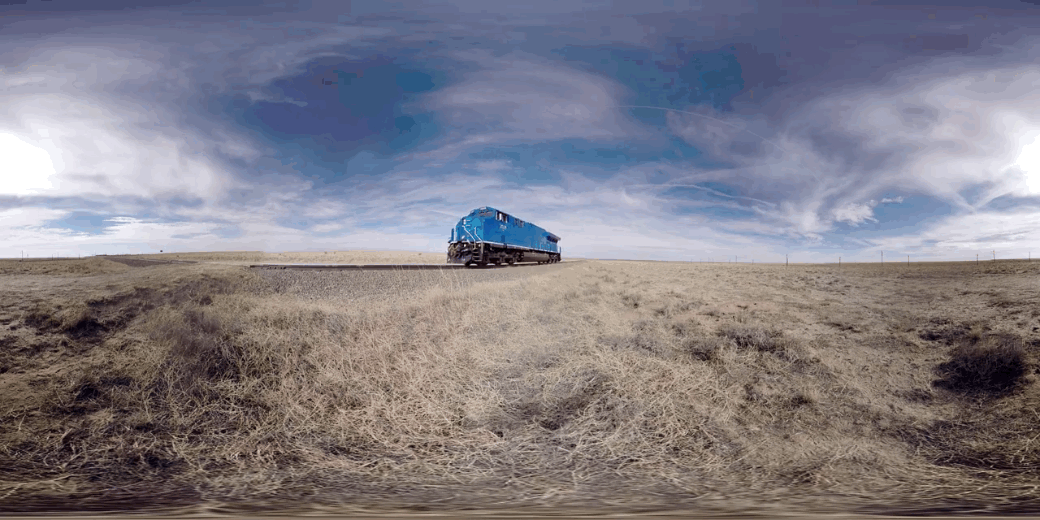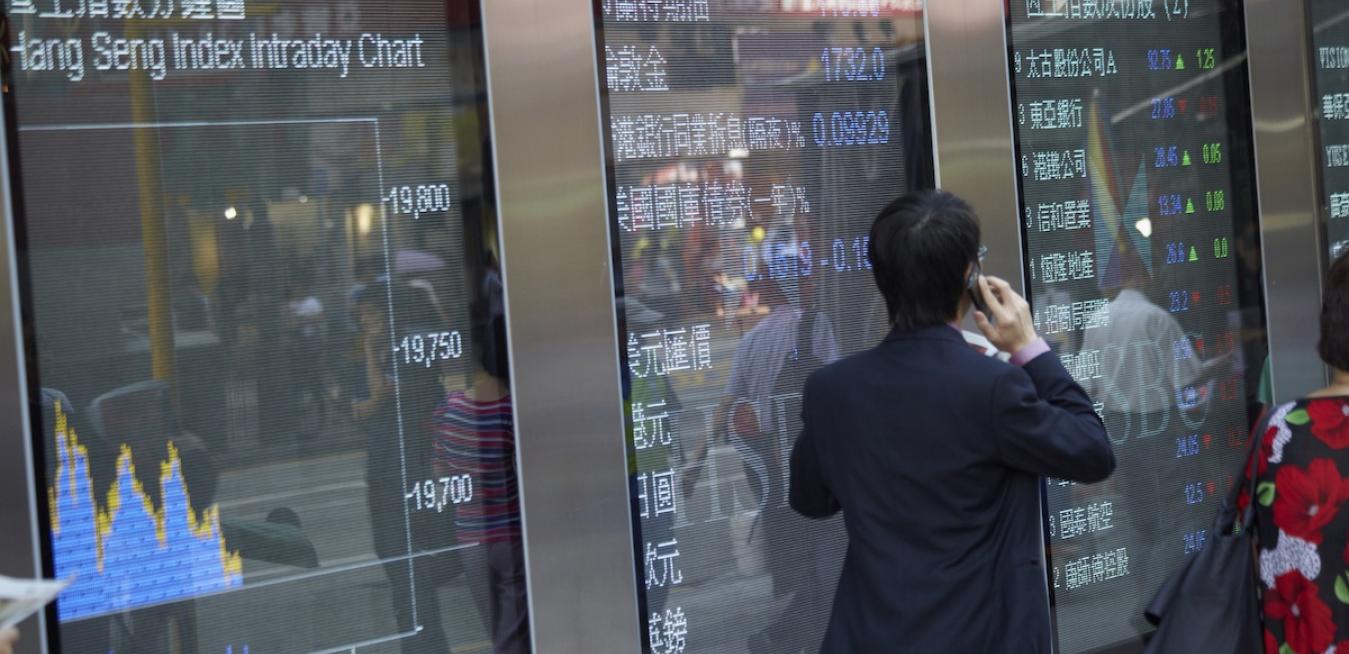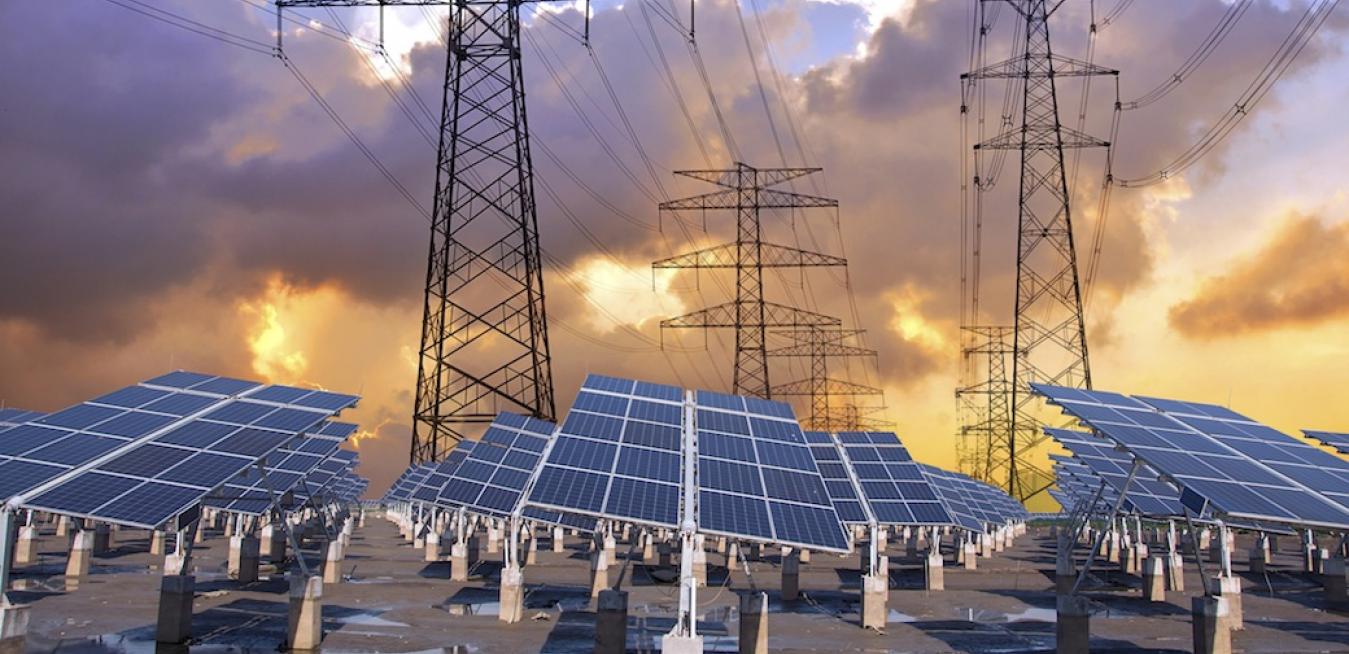Beyond smart policies, innovation and private-sector collaboration will help solve the world’s resource challenges.
The world’s resource challenges are very much top of my mind as we anticipate the start of the important 2015 United Nation’s Climate Change Conference (COP21), which will take place in Paris from November 30th through December 11th. At GE, we are deeply committed to helping to address the world’s most pressing resource challenges.
How a $9 burrito makes the business case for sustainability.
Today, many business leaders know the world has changed. They are wrestling with the new mandate to incorporate sustainability and social good into their businesses and brands.
But most companies struggle to figure out how to do this while continuing to meet their quarterly sales and earnings targets. They may have tried “green marketing” and met limited success. Or they may have skeptical shareholders convinced that this is a passing fad, or one that is just for hippies and tree huggers.
Five forces are shaping political risks, from climate change to conflict. Here’s what to look out for.
We see patterns everywhere — in nature, in physics and in the world we’ve created — economic booms and recessions; market spikes and crashes; social stability and revolution. But I’ve never accepted George Santayana when he said, Those who cannot remember the past are condemned to repeat it.” Recognizing patterns is one thing. Thinking they’re repeating themselves, that’s something else entirely.In future columns, I’d like to discuss in detail these technologies and how they are so important to a sustainable future. But what is energy sustainability, and how can it be viewed globally?
Not only does electricity generation account for about 40 percent of energy-related CO2 emissions, but the power sector is also expected to play more of a role in reducing the share of fossil fuels in the global energy mix than any other, the International Energy Agency (IEA) explains in its latest World Energy Outlook.














